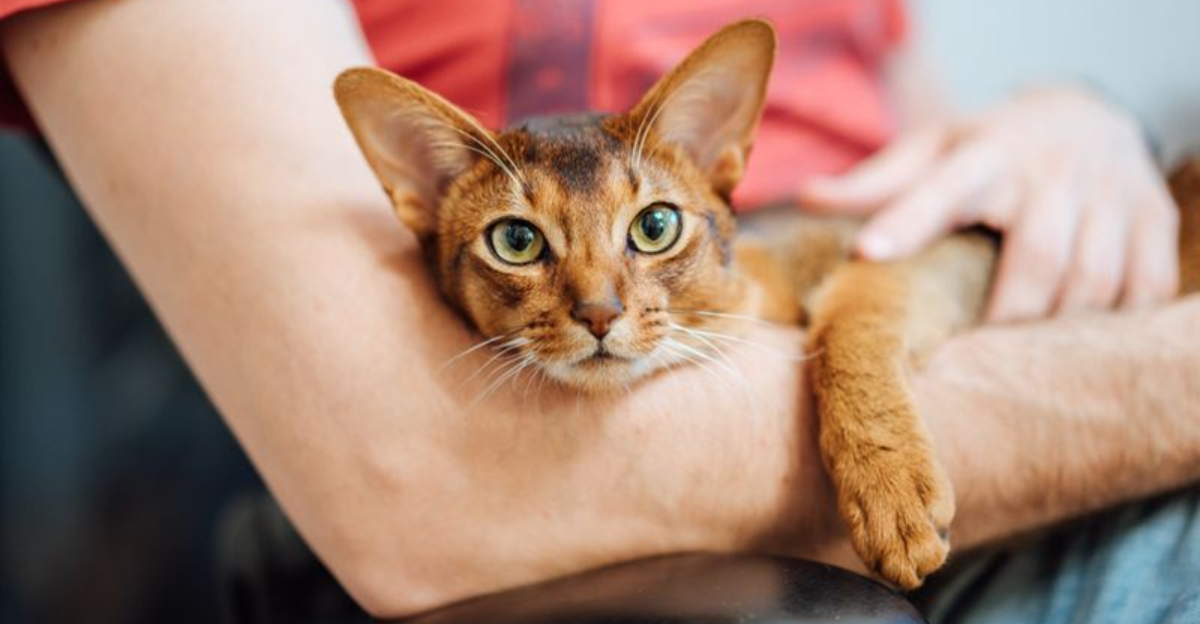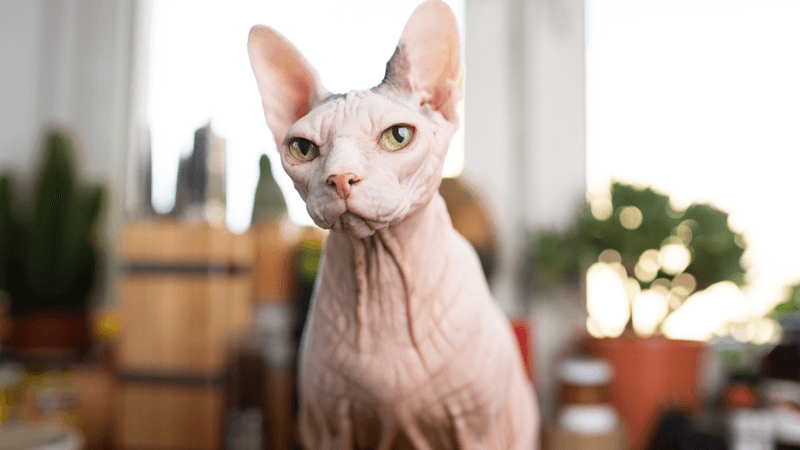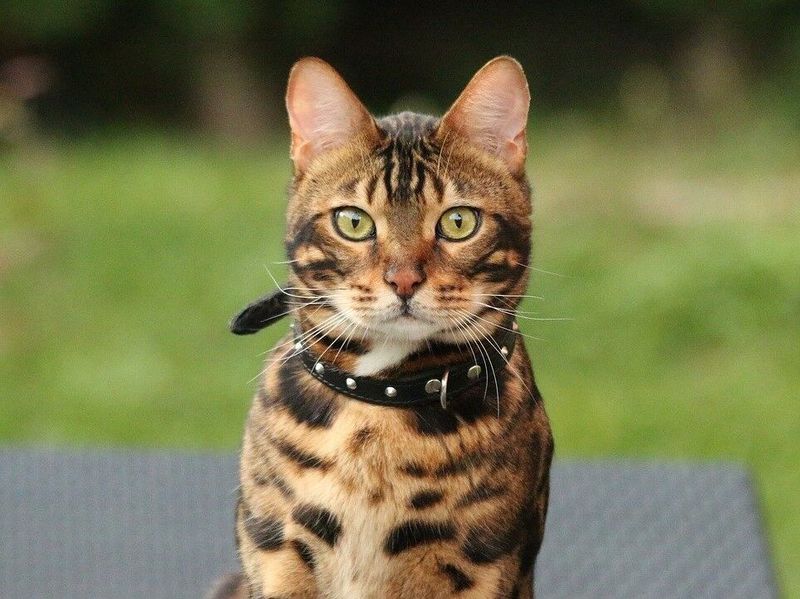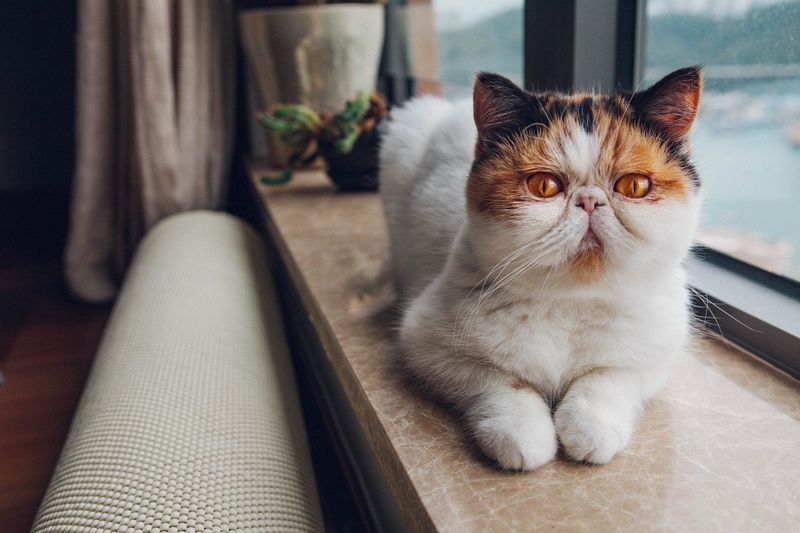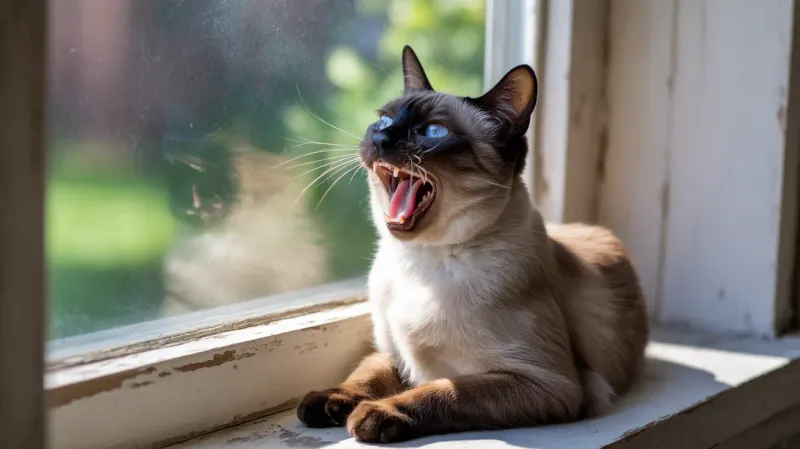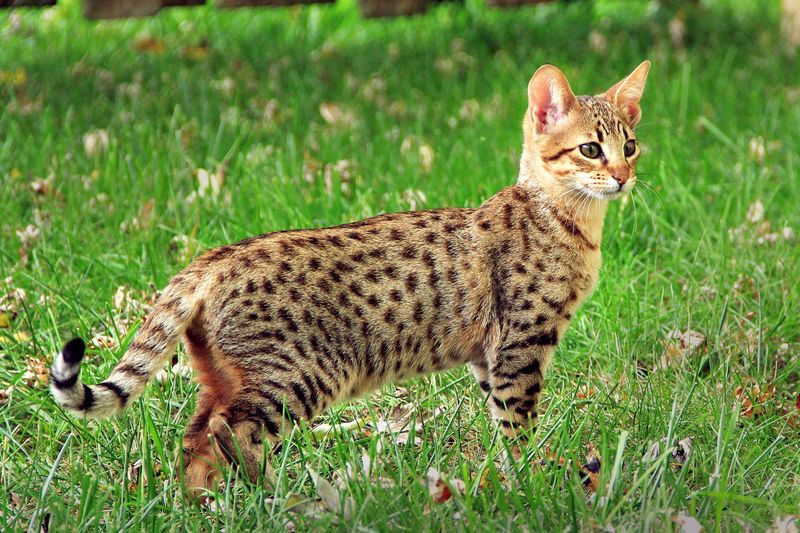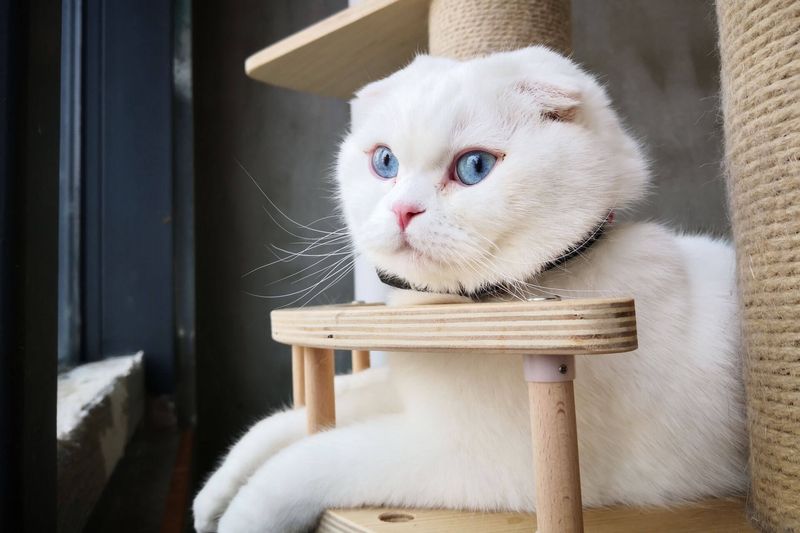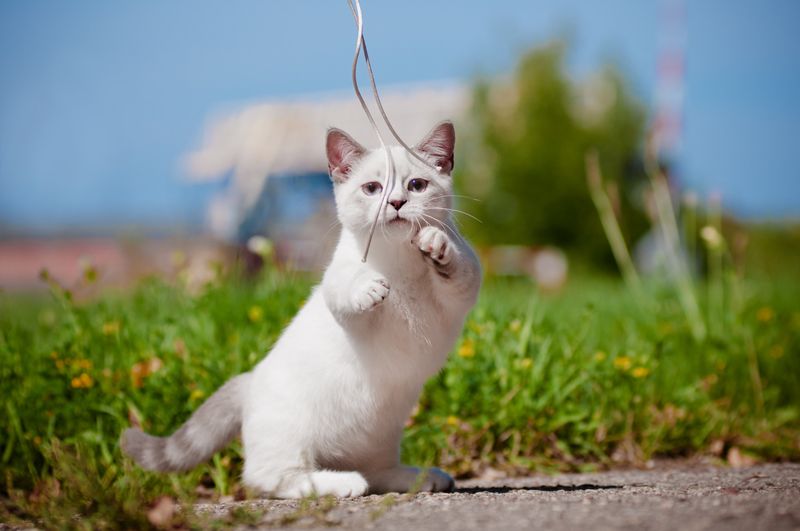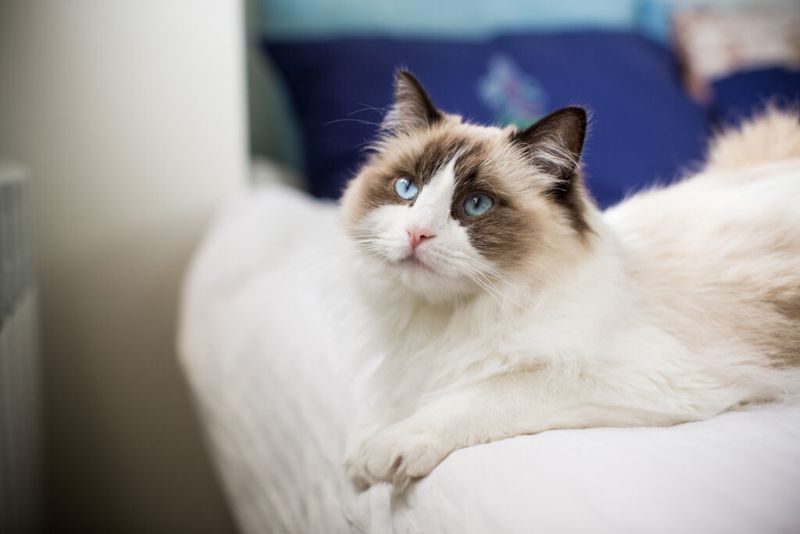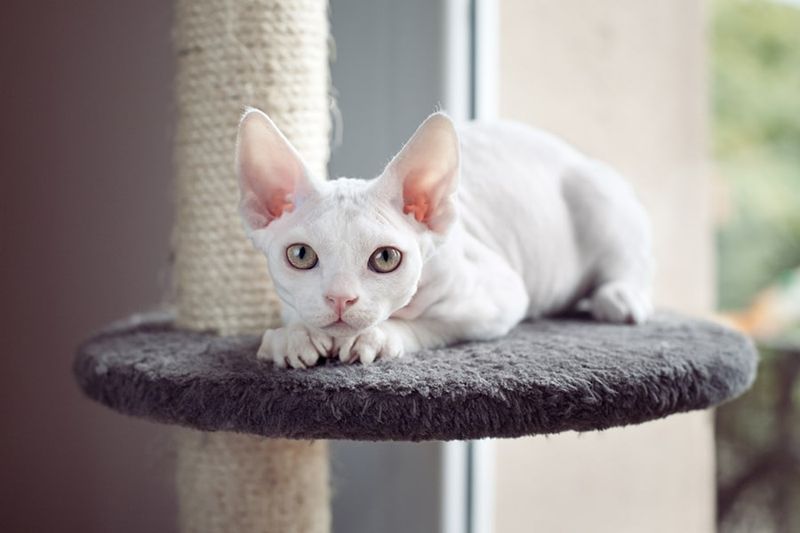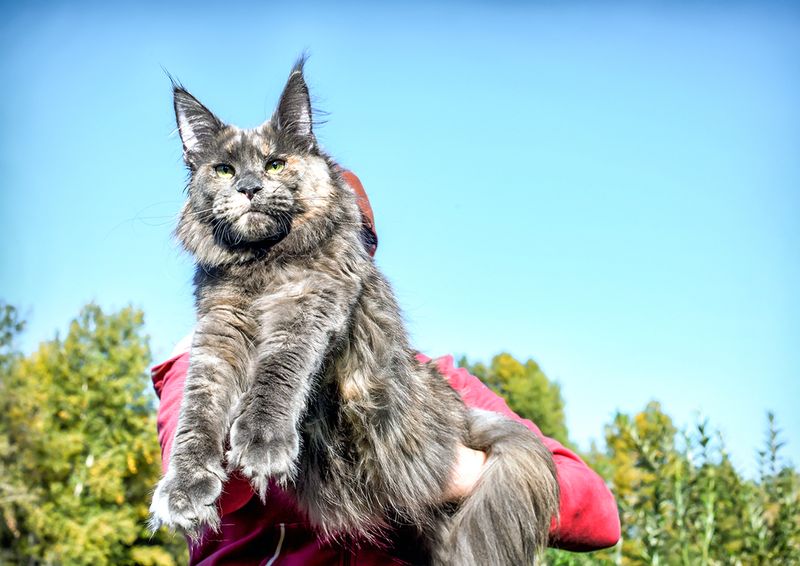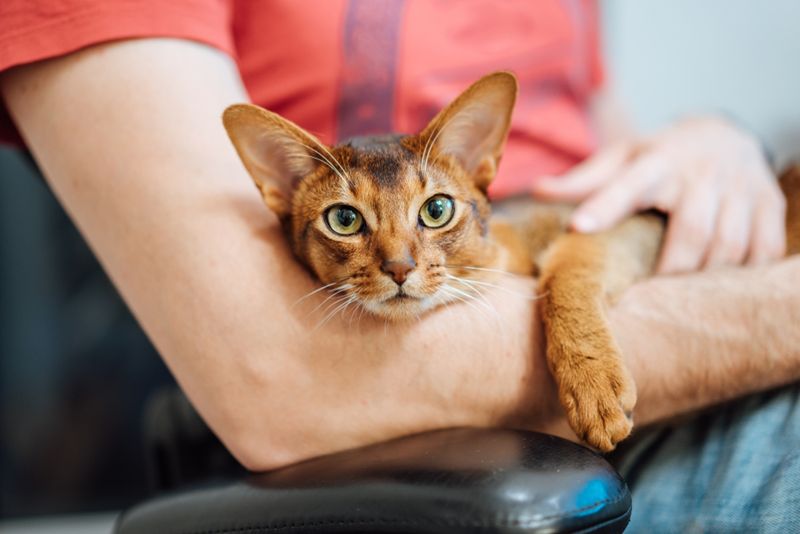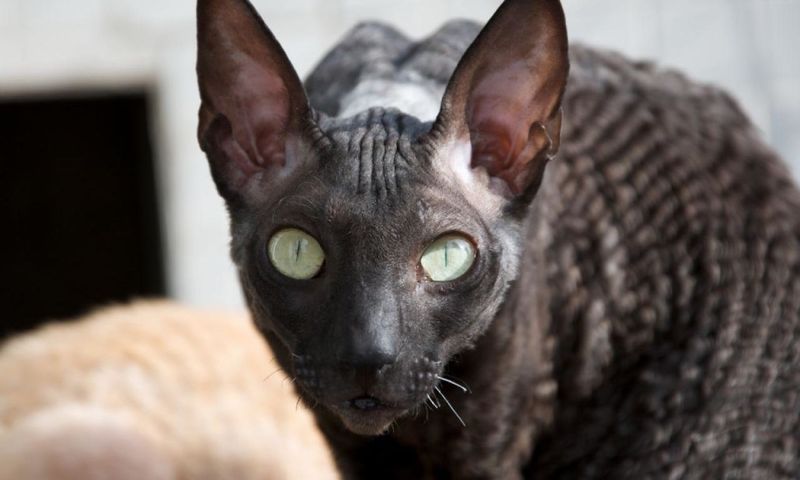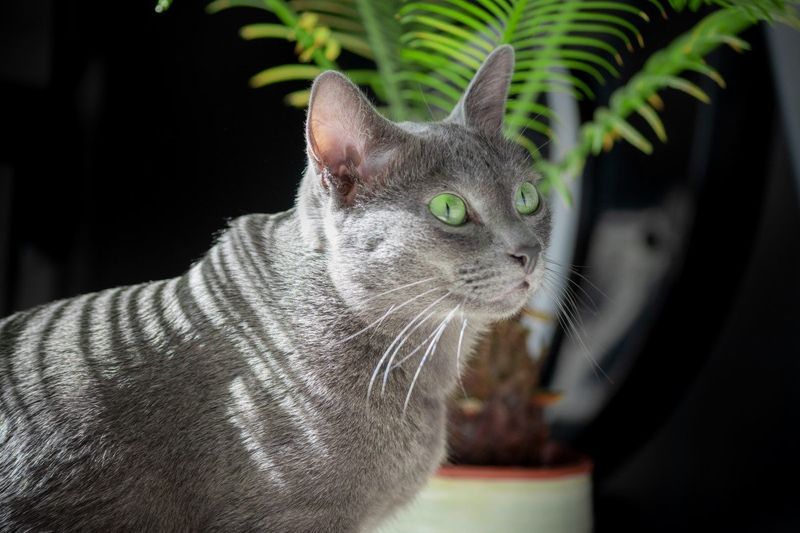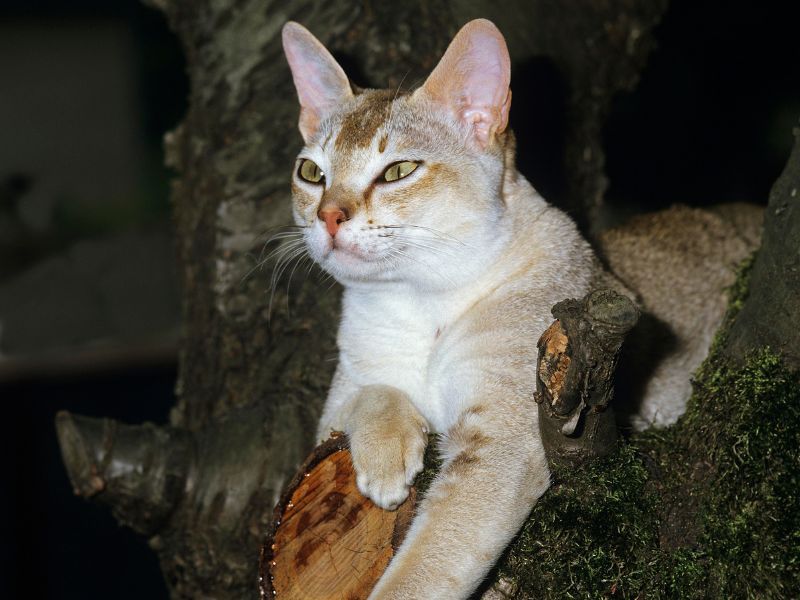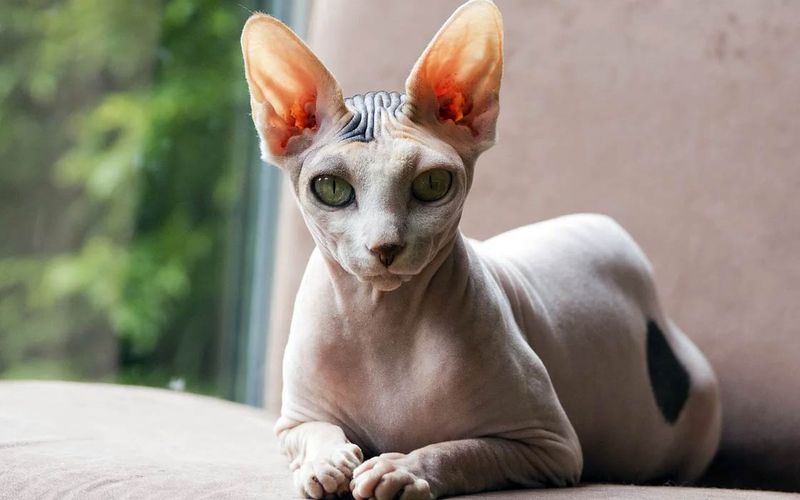📖 Table of Content:
Bringing a cat into the home can be a rewarding experience, but not all breeds fit smoothly into every household. Differences in energy levels, grooming needs, and health concerns can lead to unexpected challenges. A cat’s temperament and care requirements should always match the lifestyle of its future owner.
Some breeds are high-maintenance, demanding more time, attention, or resources than expected. Others may not adapt well to small spaces, busy families, or frequent changes in routine. Without careful consideration, even the cutest kitten can become a difficult companion.
It’s important to understand the unique traits of each breed before making a decision. Knowing which cats require extra care—or simply don’t align with certain living situations—can help avoid future regret. The right match leads to a happier life for both the cat and its human family.
1. Sphynx
Hairless and high-maintenance, Sphynx cats require regular bathing to remove body oils that would normally be absorbed by fur. Their exposed skin needs protection from sunburn and cold temperatures. These cats eat more than average breeds because they burn extra calories staying warm. Without fur as a barrier, they’re prone to skin conditions and irritations that require frequent veterinary care.
Sphynx cats aren’t hypoallergenic despite being hairless – their skin still produces the protein that triggers allergic reactions. Their neediness and constant demand for attention can overwhelm busy owners who can’t provide daily skin care.
2. Bengal
Wild and restless, Bengal cats pack the energy of a tornado in a spotted package. Their wild ancestry means they need constant stimulation and large spaces to climb, jump, and explore. Bengals vocalize frequently and loudly, especially when bored or seeking attention. Their intelligence works against average owners when they learn to open doors, cabinets, and even refrigerators.
These cats often develop behavioral problems in confined spaces or when left alone for too long. Many Bengals have strong hunting instincts and may terrorize smaller pets. Their high activity level can exhaust owners who aren’t prepared for a cat that acts more like a perpetual kitten.
3. Persian
Behind that adorable flat face lies a mountain of grooming needs. Persian cats require daily brushing to prevent painful mats in their long, dense fur. Without proper care, their coat quickly becomes a tangled mess that can lead to skin infections. Their facial structure causes breathing difficulties and tear duct problems. The shortened nose makes them prone to respiratory infections, and their eyes need daily cleaning to prevent stains and infections.
Persians struggle in hot weather and often develop dental issues due to their unique jaw structure. Many have inherited kidney disease that requires expensive medical care. Their quiet, sedentary nature can mask health problems until they become serious.
4. Siamese
Famous for their vocal abilities, Siamese cats communicate with a volume and persistence that can drive neighbors to complain. Their distinctive yowls can sound like a crying baby and often continue through the night. Extremely intelligent and demanding, Siamese cats become destructive when bored or ignored.
They form intense bonds with their owners and can develop separation anxiety that leads to behavioral problems. These cats often show obsessive behaviors like wool-sucking or excessive grooming when stressed. Many Siamese are prone to dental disease, respiratory issues, and progressive retinal atrophy leading to blindness. Their need for constant interaction makes them poor choices for people who work long hours.
5. Savannah
Part wild serval, Savannahs bring unpredictable behavior into your home. First-generation Savannahs (F1s) are illegal in many states and cities due to their wild temperament and size – some weighing over 20 pounds. These cats can jump 8 feet vertically from a standing position, making no countertop, shelf, or door safe from their exploration.
Their territorial nature leads to spraying behavior that’s difficult to correct, even in neutered cats. Savannahs require specialized veterinary care that many clinics aren’t equipped to provide. Their diet often includes raw meat, adding expense and preparation time. The price tag for these exotic cats can reach $20,000 for earlier generations.
6. Scottish Fold
Those adorable folded ears come with a serious genetic defect. Scottish Folds suffer from cartilage abnormalities that affect more than just their ears – their entire skeletal system is impacted. Most develop painful arthritis at a young age, with joints thickening and limbs becoming stiff and inflexible.
By middle age, many Folds struggle to walk normally and require pain medication for the rest of their lives. Ethical concerns have led some countries to ban breeding Scottish Folds entirely. The genetic mutation that causes the folded ears is actually a form of incomplete dominant osteochondrodysplasia – a developmental abnormality of cartilage and bone. Responsible ownership means preparing for significant veterinary expenses throughout their lives.
7. Munchkin
Short legs might look cute, but they create serious mobility issues. Munchkin cats cannot jump normally and struggle to perform natural feline behaviors due to their shortened limbs. The genetic mutation causing their stubby legs is actually a form of dwarfism that can lead to painful back problems similar to those seen in dachshund dogs.
Many veterinarians consider breeding Munchkins to be ethically questionable due to these health concerns. Their limited mobility makes simple activities like climbing and self-grooming difficult. Munchkins often develop lordosis (excessive spine curvature) and pectus excavatum (hollow chest). The breed’s popularity is based entirely on a genetic mutation that compromises their quality of life.
8. Ragdoll
Gentle giants with dangerous naivety, Ragdolls lack basic survival instincts. Their trademark tendency to go limp when handled makes them vulnerable to injury during routine play. Ragdolls show little fear of dogs, cars, or other dangers, making them unsuitable for outdoor access. Their trusting nature can lead them to approach strangers or other animals that might harm them.
These large cats are prone to hypertrophic cardiomyopathy, a serious heart condition that often shows no symptoms until sudden death occurs. Ragdolls require more space and larger litter boxes than average cats, and their semi-long fur needs regular grooming to prevent matting. Their dependency on human companionship makes them poor choices for busy households.
9. Devon Rex
Fragile health meets excessive neediness in the Devon Rex. Their sparse, curly coat offers little protection, making them vulnerable to sunburn and temperature changes. Many develop bald patches as they age. Devon Rex cats have unusually large ears that collect dirt and wax, requiring frequent cleaning to prevent infections.
Their fine bones break more easily than those of other breeds, creating risks during normal play and jumping. These cats form intense attachments to their owners and can become anxious and destructive when left alone. Many Devons suffer from hypertrophic cardiomyopathy and a muscle condition called myopathy. Their high metabolism means they eat more than average cats, increasing the cost of ownership.
10. Maine Coon
Gentle giants that come with giant-sized problems. Maine Coons can weigh up to 25 pounds and grow too large for standard cat furniture, carriers, and litter boxes. Their massive size requires specialized equipment that costs more than average cat supplies. These cats are prone to hip dysplasia, spinal muscular atrophy, and hypertrophic cardiomyopathy. Their enormous paws track litter throughout the house, and their long fur collects debris that gets distributed everywhere.
Maine Coons eat significantly more than average cats, increasing food costs. Their thick fur requires regular grooming to prevent painful mats, especially around the hindquarters. Despite their friendly nature, their size makes them dangerous playmates for small children.
11. Abyssinian
Hyperactive and easily bored, Abyssinians need more attention than most owners can provide. These cats operate at full speed and rarely settle down for cuddles or quiet time. Abyssinians develop destructive behaviors when their exercise needs aren’t met. They’re notorious for opening cabinets, knocking over objects, and finding trouble in seemingly cat-proof homes.
Many Abyssinians suffer from progressive retinal atrophy, leading to blindness at a young age. They’re also prone to gingivitis and periodontal disease, which require dental procedures under anesthesia. Their high activity level means they consume more calories than sedentary breeds, increasing feeding costs. Single Abyssinians often become depressed without feline companions.
12. Cornish Rex
Oily skin and minimal fur make Cornish Rex cats messy housemates. Their curly coat doesn’t shed normally, instead releasing natural skin oils that stain furniture and clothing. These cats need regular bathing to control skin oil production, making them high-maintenance pets. Their minimal coat provides little protection from scratches or temperature changes.
Cornish Rex cats are prone to congenital hypotrichosis (hair loss) and urticaria pigmentosa, a condition causing itchy skin lesions. Their prominent ears collect excessive wax and debris, requiring frequent cleaning. Their thin body type and high metabolism mean they eat more than average cats, while providing less fur for those who enjoy petting cats.
13. Korat
Rare and sensitive, Korats struggle with change and unfamiliar environments. These silver-blue cats form intense bonds with their owners and become severely stressed when their routine is disrupted. Korats are prone to dental issues that require professional cleaning under anesthesia. Many have GM1 and GM2 gangliosidosis, genetic disorders that cause progressive neurological deterioration.
Finding a Korat requires dealing with breeders who may have questionable practices, as the breed is uncommon in shelters. Their rarity also means veterinarians may have limited experience with breed-specific health issues. Korats are extremely vocal about their displeasure and may refuse to eat when upset, leading to health complications from stress-induced anorexia.
14. Singapura
Tiny bodies with oversized health problems characterize Singapuras. The smallest domestic cat breed has a restricted gene pool that leads to numerous health issues, including uterine inertia, which makes natural birth difficult. Singapuras often suffer from pyruvate kinase deficiency, causing anemia and lethargy. Their small size makes them vulnerable to injuries from normal household activities and other pets.
These cats need more frequent meals than larger breeds due to their high metabolism and small stomachs. Singapuras are extremely sensitive to medications, requiring careful veterinary monitoring. Their small litter sizes and breeding difficulties have led to questionable breeding practices to meet demand, resulting in cats with compromised immune systems.
15. Peterbald
Born with varying degrees of baldness, Peterbald cats face unique challenges. Many are completely hairless and require weekly bathing to remove body oils that would normally be absorbed by fur. Peterbald cats need special protection from sun exposure and cold temperatures.
Their lack of whiskers affects their spatial awareness and balance, leading to more accidents than furry breeds. These cats have extremely fast metabolisms, requiring more calories than average cats despite their slim build. Peterbalds are prone to dental issues that require professional cleaning under anesthesia. Their skin is easily damaged and can develop rashes from contact with common household cleaners or fabrics, limiting the products you can use in your home.
